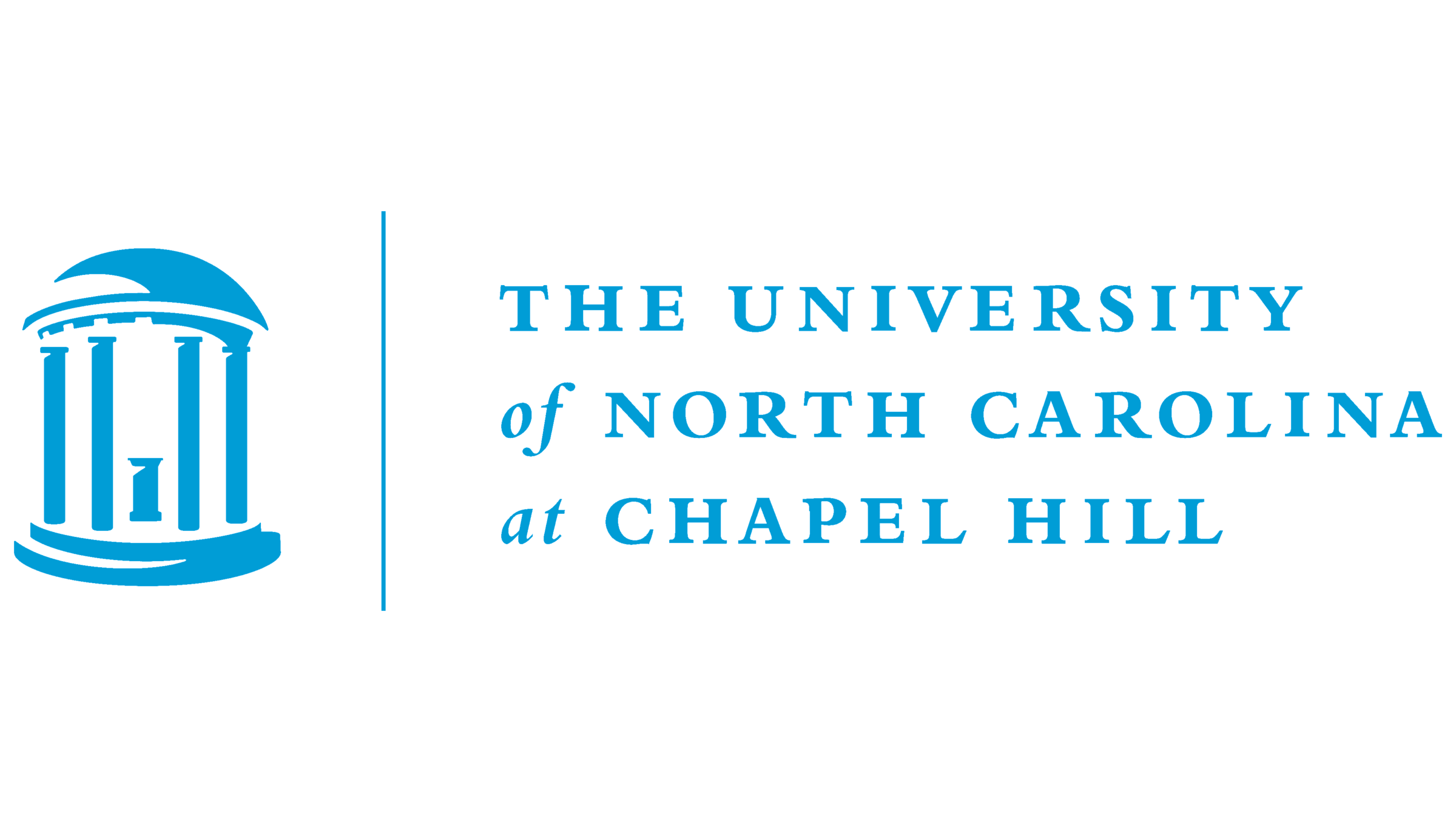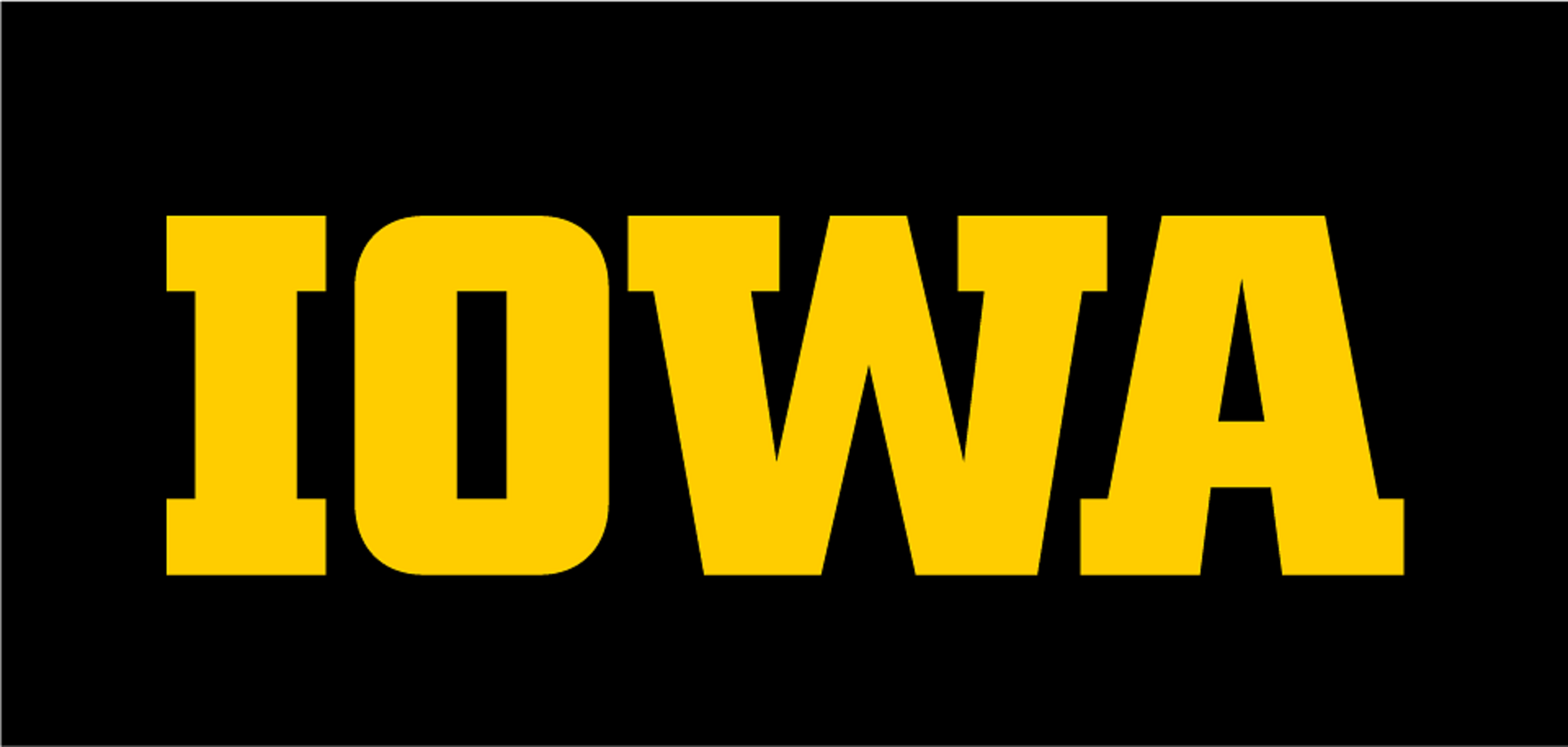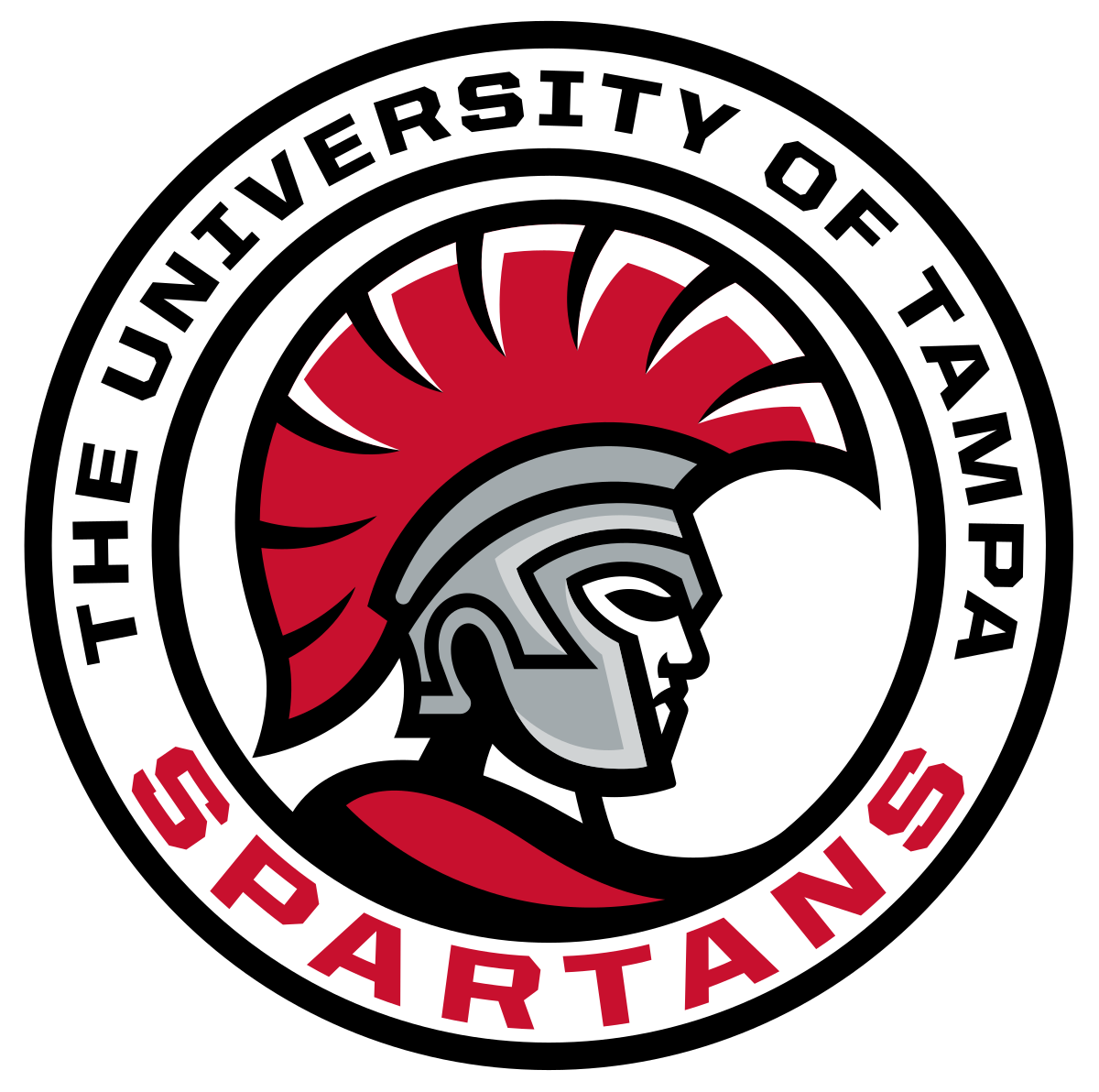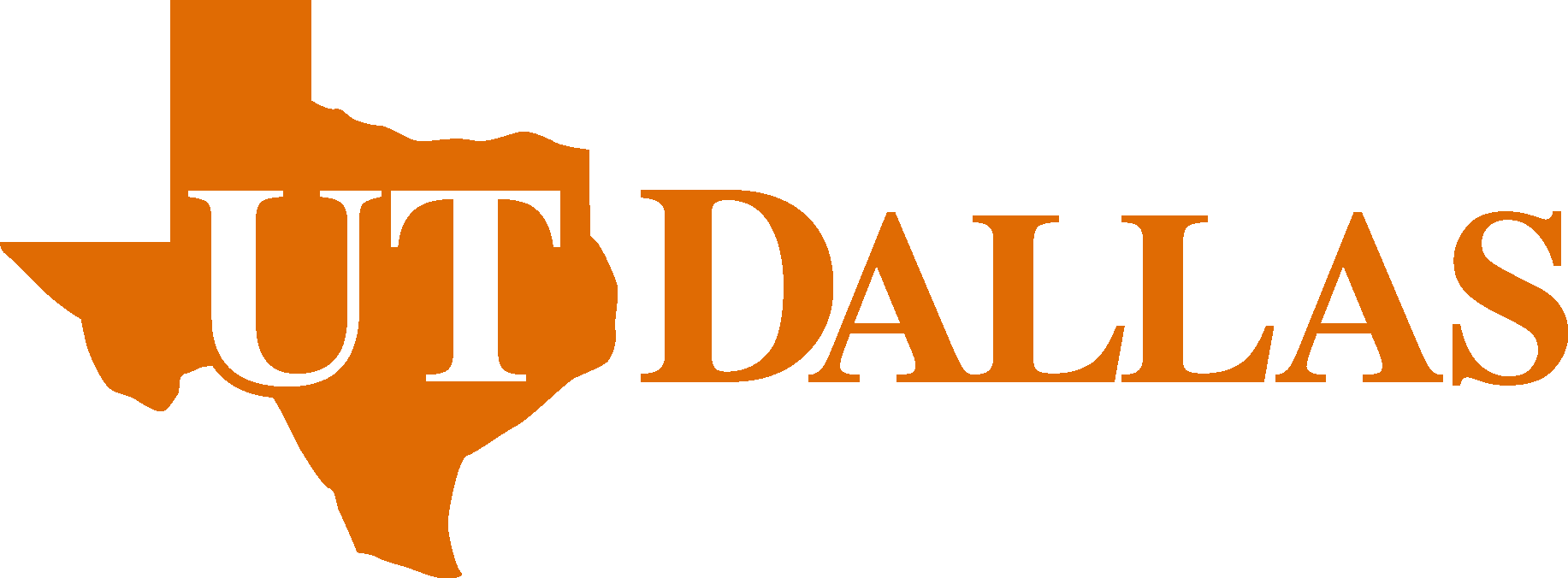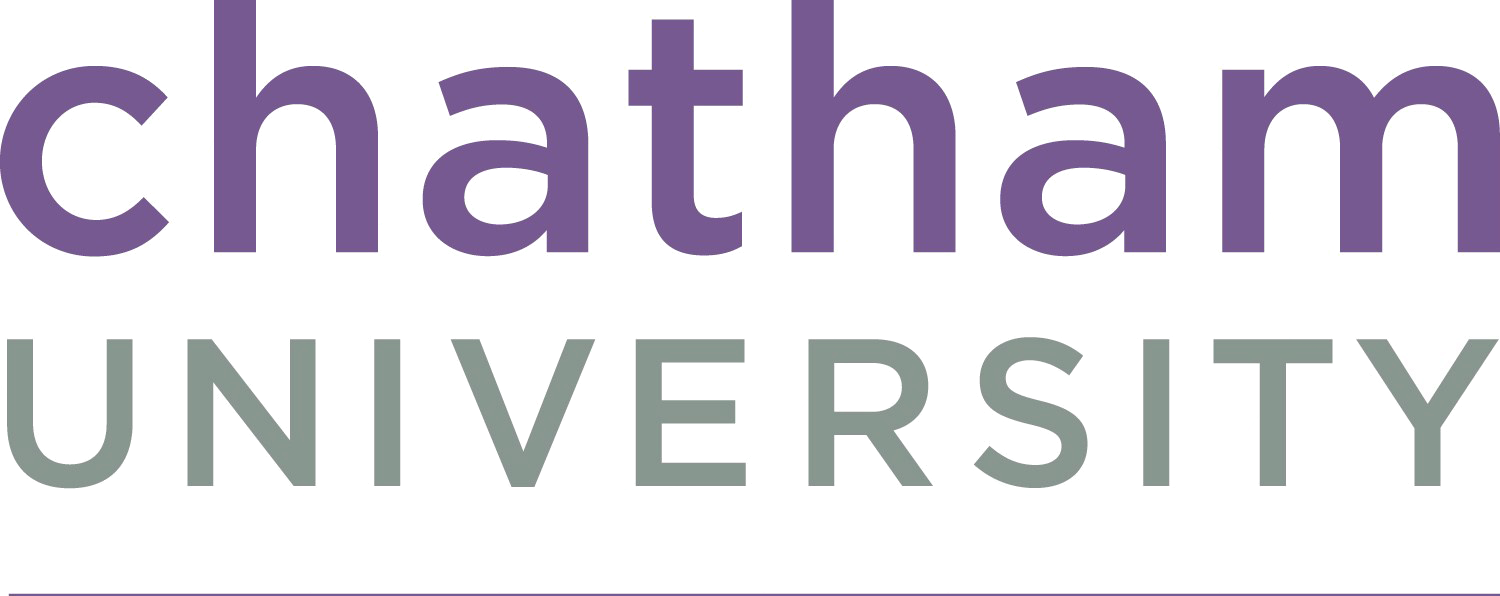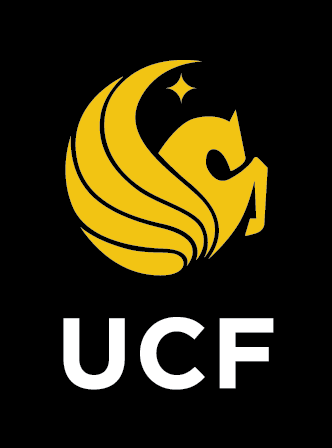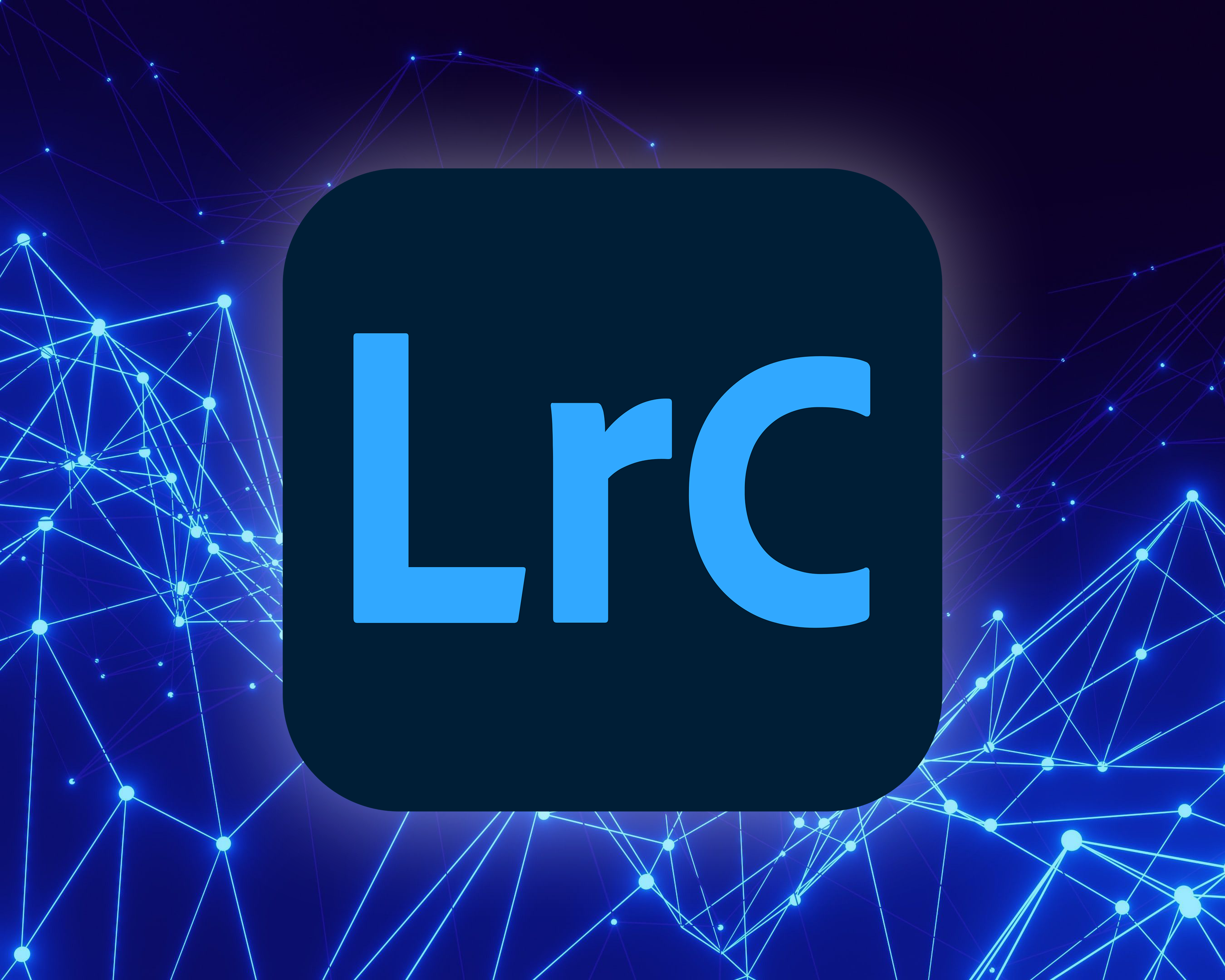Institution-wide communication
The tools in Mediagraph serve the needs of educational institutions of all sizes. We provide a highly flexible media library service that can adapt to your size and scope seamlessly. In addition, we have several innovations that can help Educational Institutions communicate more effectively.
Flexible libraries for group access
When you are communicating with a big organization, it’s essential to make the right content easy for everyone to find. Our configurable Libraries allow you to organize your files in ways your stakeholders understand. You can build hierarchies of collections that can be navigated very intuitively. And you can easily assign group access permissions to those libraries for controlled viewing and download.
AI Face Tagging
Mediagraph allow you to easily train our AI Facial Recognition to find all photos of a particular person, even as the person ages. Set a yearbook photo or other portrait as the training image, and you are off to the races. Have Mediagraph look through tens of thousands of photos to find other photos of the same person. Great for alumni relations, Development, Advancement and Communications. See it in action here.

Browsable tag tree
TBH, we have the best taxonomy tree in the business, allowing you to easily create, refine and grow a taxonomy specific to your institution. You can showcase the most important people, places, ideas, and events in an intuitive, browsable form.
Even better, the taxonomy tree supports drag-and-drop tagging so that anyone on your admin team can create robust, compliant metadata quickly and easily.
Save time with Event presets
The school year has a lot of scheduled events that can take advantage of our unique “Event” tagging. Your library administrators can create a tag for the scheduled events for a school year, including plenty of filterable information. You can add dates, place names, featured organizations, featured people, keywords, and even web links. All of this information can be seamlessly applied to files uploaded and tagged with the event name. Save yourself a mountain of keywording, and get rich, robust metadata simultaneously.


